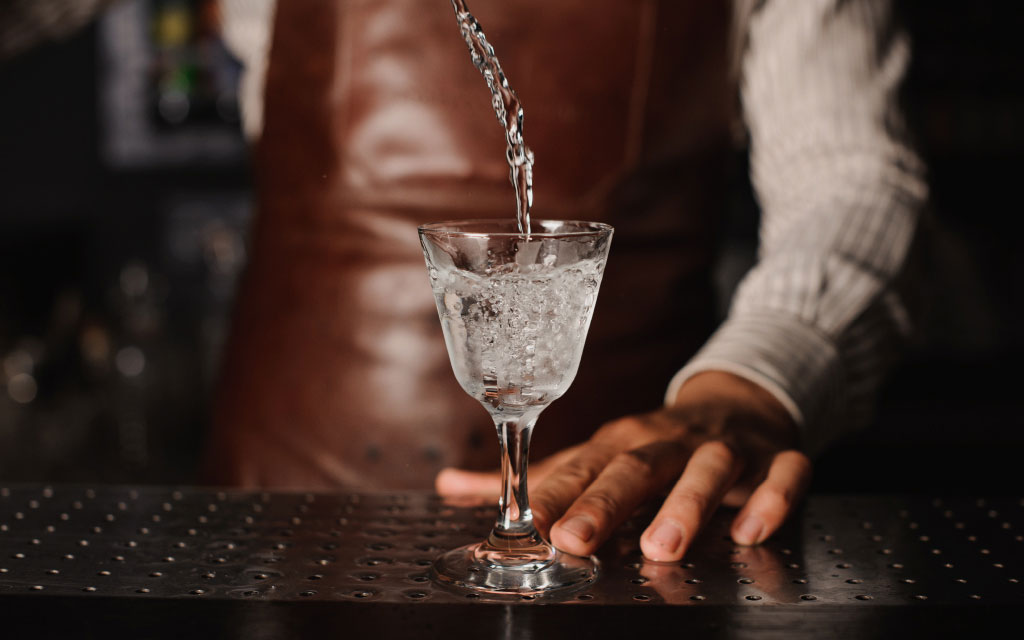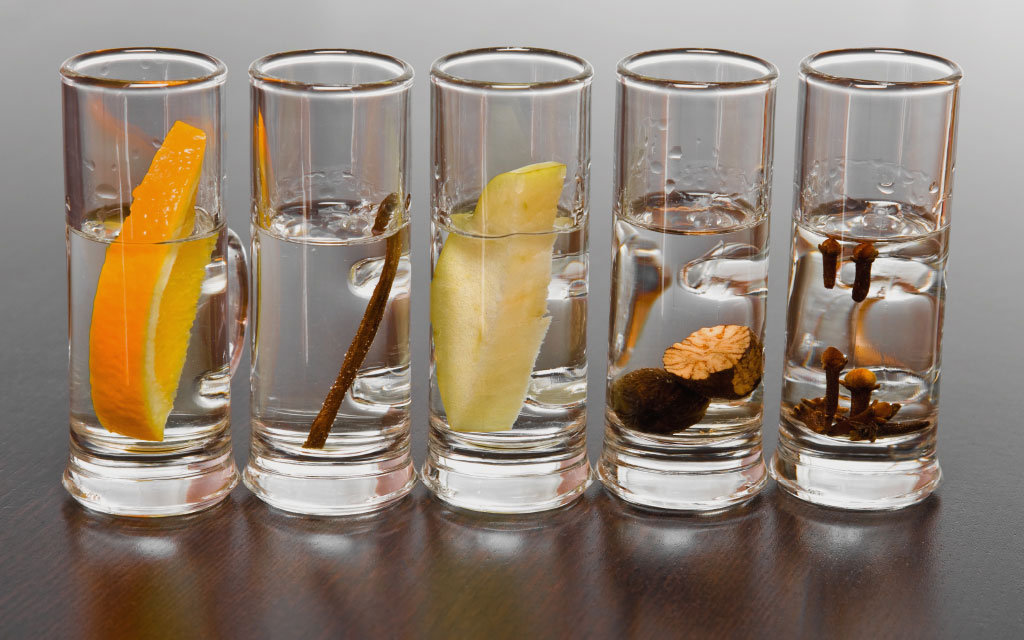
Vodka: The Rich History of a Neutral Spirit
“Tasteless, colorless, and odorless” reads the US legal definition of vodka, though the phrase obscures a spirit with a rich history spanning over 600 years, which is, unfortunately, not nearly as clear as the spirit itself. Today we’re going to dive into the history of how vodka rose from its humble medicinal roots to a dominant global spirit still sparking debates today.
The Prehistory of Vodka
The actual origin of vodka is murky and has sparked conflicts and lawsuits between the Polish and the Russians who both claim ownership. It’s best not to get involved. What we know for certain is that both the Russian and Polish words, vodka and wodka respectively, derive from their respective words for water: voda and woda.
The oldest surviving record of the word wodka comes from a 1405 Polish manuscript that treats it like a modern day rubbing alcohol, not a beverage. Originally, high proof spirits were reserved for medicinal tinctures while lower-proof beverage spirits went by names like gorzalka, polugar, and breadwine.
Early beverages in both Russia and Poland used whatever source of starch was most common: rye, wheat, potatoes, and grapes (though grapes were expensive and reserved for the upper class).
While we may never know its true birthplace, vodka’s history is inseparable from Russian history. The modern Russian borders are, in fact, a direct legacy of wars funded in no small part by Ivan the Terrible’s brilliant idea to open government-owned taverns in 1553. By 1648, one in three adult male Russians owed the government for their bar tab! An added bonus (for the Tsars) of the state-run taverns was their government-employed bartenders being able to root out and report the kind of subversive conversations that happen while drinking.

The Modernization of Vodka
Vodka’s early rise was limited by the existing distillation technology. Pot stills had to be cleaned between each distillation and were very inefficient for producing a clear, neutral spirit. The column still patented by Aeneas Coffey in the 1820s would revolutionize production. Column stills are able to distill continuously, eliminating the cleaning step; and they can distill to over 95% ABV, well above the traditional products such as Polugar at 38.5%.
One of the first producers to take advantage of this was Lars Olsson Smith in Sweden; he began advertising his Absolut Brannt or “completely pure” vodka starting in the 1879. Olsson’s brand name was later shortened to just Absolut.
This increase in efficiency was a boon for the Russian Tsars who raised money by auctioning off regional distillation rights, coming to a peak when Tsar Nicholas II ordered the construction of over 100 distilleries. As a result, Russian vodka consumption per capita peaked at 14 liters or 3.6 gallons of pure alcohol per year by 1914! That’s the equivalent of about 3 ounces of 80 proof vodka every day for every man, woman, and child.
Despite its incredible growth, vodka’s chance at becoming an international spirit would come to a screeching halt during World War I, the 1917 October Revolution and the nationalization of industry, which included distilleries. In the USA, the First Red Scare would come to a head in 1919 and Prohibition would arrive a year later, making it a bad time to try selling Russian alcohol. It would only begin making scarce appearances in European cocktail books in the late 1920s.
Following the repeal of Prohibition, vodka was still seen as a foreign oddity in the USA, drank primarily by immigrants and visitors from Russia and Eastern Europe. Charles Baker in the popular 1939 book The Gentleman’s Companion weighs in that “vodka is not necessary to a small or medium sized bar.”
Russian bars, most notably the Russian Tea Room in New York, would have been the only places one could guarantee a supply of vodka. The Russian Tea Room also gave us one of the first American vodka cocktails on record in 1938: the Gypsy Queen, which consisted of vodka, Benedictine, and bitters.

The Moscow Mule and Vodka’s Big Break
Any conversation about vodka’s worldwide spread has to start in 1940s Hollywood at the Cock ‘n’ Bull Saloon. The legend goes that John G. Martin of Smirnoff and Jack Morgan of the Cock ‘n’ Bull came up with the drink to help Martin move his vodka and Morgan move his bar’s overstock of ginger beer. Morgan’s girlfriend had recently inherited a copper factory, and the iconic mule mug was born.
We don’t know exactly when vodka, ginger beer, and the copper mug all came together, but by 1947, Martin was running a kind of viral ad campaign where he would take Polaroid pictures of bartenders holding a bottle of Smirnoff and a copper mug.
In a 2007 interview, the Cock ‘n’ Bull’s former head bartender, Wes Price, claimed that he invented the drink in 1941 as a way to get rid of back stock; but regardless of origin, the Moscow Mule is still one of the most widely recognized vodka cocktails.
Another inescapable figure in the history of vodka cocktails is James Bond. In the 1953 novel Casino Royale, he orders “three measures of Gordon’s, one of Vodka, half a measure of Kina Lillet. Shake it very well until it’s ice-cold, then add a large thin slice of lemon peel. Got it?” He dubs the drink the Vesper; and while its effect on popularizing the vodka martini is debatable (Harry Craddock included one in the 1930 Savoy Cocktail Book), its effect on the shaking-versus-stirring debate is incalculable.

The Modern History of Vodka
From its inception 600 years ago, vodka has been infused and flavored; but with respect to the modern flavored vodka trend, Stolichnaya’s introduction of Pepper alongside Honey & Herb in 1962 are considered the first.
Flavored vodka’s rise would come to a peak with the “martini craze” of the 1990s and early 2000s that brought us such classics as the Appletini and the Pornstar Martini. Today, you can find vodkas in any flavor imaginable, mostly artificially flavored, but a few craft producers are making a name for themselves with real ingredients.
As for what can be used to make vodka now, the USA and European Union are divided. In the EU, vodka can be made from the traditional rye, wheat, and potatoes, along with grapes and sugar beets. In the US, however, the only limit is the distiller’s skill and imagination. Corn is most widely used because it’s available and cheap, but more intrepid distillers are using sources like honey, milk, and pineapple as well.
Today vodka’s reign has expanded globally, accounting for nearly 1 in 3 cases of spirit purchased in the USA, where it was once considered a foreign oddity. Craft distilleries are expanding what is possible, and the future of vodka promises to be anything but neutral.



